In this article, we will disucss:
- A Closer Look at the Gap Between Expectations and the Reality
- Bridging the Gap with Advanced Options Trading Tools
- Decoding Options Theta: What Does it Mean for an Options Trader?
- Utilising Options Theta for Strategy Selection
- Use the Options Theta to Upgrade Your Trading Performance with the Samco Trading App
- Become a Better F&O Trader: Choose the Samco Trading App Today
India’s F&O trading segment has become a hotspot for retail traders aiming to make quick profits from volatile markets. Between January 2020 and March 2022, the NSE witnessed a surge of over 730% in its F&O trading volumes. While this surge may seem unusual, it can be traced back to various reasons, foremost among which is the desire to rake in short-term profits.
The reality, however, is vastly different from traders’ expectations. As a recent study by the Securities and Exchange Board of India (SEBI) revealed, around 9 out of 10 traders in the F&O segment suffered losses in FY22. The average size of these losses, which comes in at around ₹1.1 lakhs, is also telling.
A Closer Look at the Gap Between Expectations and the Reality
One of the key contributors to these massive losses among F&O traders is this — they lack the right tools. While there are several options trading platforms in India, few offer traders the required analytical tools. Most options trading platforms in India do not give traders access to crucial insights like the options delta, theta, gamma, vega and implied volatility.
As for the few options trading platforms in India that do contain these features, they remain inaccessible to a vast majority of F&O traders because of the price tag they carry. By converting these fundamental requirements into premium services, options trading platforms in India add to the existing hurdles preventing F&O traders from reaching their full potential in the markets.
At Samco Securities, we intend to change this and make essential analytical tools available to every trader in our online community. If you’ve been finding it challenging to access data related to options Greeks and implied volatility in real-time, Samco’s trading app can be a game-changer for your options trading performance.
Let’s take a closer look at how these insights can be pivotal to upgrading your F&O trading strategies and improving your trading success rate.
Bridging the Gap with Advanced Options Trading Tools
To minimise the probability of losses and improve the rate of success in F&O trading, retail participants need access to advanced options trading tools and metrics such as implied volatility (IV) and options Greeks like the delta, gamma, vega and theta. Here’s what these insights indicate:
The implied volatility indicates how the market expects the price of an options contract to fluctuate in the future. You can use the IV to get a better idea of how risky or profitable some options may be. Ideally, you should buy options with a low IV and sell those with a high IV to improve the potential for profitability.
When the price of the underlying asset changes, so does the option’s price. The options delta measures the extent of this change. It tells you how sensitive an option’s value is to every ₹1 change in the price of the underlying asset. The delta ranges from —1 to +1, where a negative delta means the option’s price falls if the asset’s price increases (and vice versa).
The delta itself is prone to change based on demand and supply, market forces and other factors. It may increase or decrease, indicating that an option’s sensitivity to the underlying asset’s price varies. The gamma measures the rate of change in the delta. A high gamma means that the delta is quite volatile, increasing the risk associated with the options.
An option’s price is also sensitive to changes in its implied volatility. This is measured by the options vega. You can make use of this Greek to assess how changes in an option’s IV could impact its price in the near future, and then choose options strategies accordingly, based on how you expect the market to move.
The options theta is a unique Greek that measures how sensitive an option’s price is to time. As the expiry approaches, an option’s time value decreases. What’s more, the rate of time decay also increases when an options contract gets closer to expiration. The theta measures these aspects, so you know how an option’s value is affected by time.
Decoding Options Theta: What Does it Mean for an Options Trader?
An option’s price is directly influenced by its intrinsic value and time value. The intrinsic value is that part of an option’s price that you can realise if you execute it immediately. It depends on how the strike price compares to the current market price of the underlying asset and is calculated as the difference between these two values. This means it’s positive for in-the-money options and zero for out-of-the-money options.
The time value of an options contract, on the other hand, is also called the extrinsic value. It is the premium that a buyer is willing to pay for any potentially favourable movements in the underlying asset’s price in the future. It is affected by the time left to expiry, prevailing market trends, market volatility and other economic factors.
While the theta has no correlation with the intrinsic value of an options contract, it’s closely associated with the time value. It measures how much an option's time value — and by extension, its price — is expected to decrease as each day passes and the expiry approaches, assuming all other factors remain constant.
Here’s what the options theta means for options traders:
- For Options Buyers: If you are buying options as a part of your strategy, the theta is typically a negative factor because it erodes the value of your positions over time.
- For Options Sellers: However, if you are writing options as a part of your strategy, the theta can be your new best friend since the decay of the option's premium works in your favour.
Utilising Options Theta for Strategy Selection
How do you use the options theta to formulate an effective options trading strategy and improve the potential for profitability? Let’s find out.
Identify your Theta Target
The first step is to determine your desired outcome with the theta. Do you want to capitalise on the time decay and see your options gain value as time passes? This may hold true if you expect sideways movement or low volatility. Alternatively, if you're concerned about eroding time value, you may want to minimise the impact of the theta.
Understand the Core Dynamics of the Theta
The theta varies based on your option choices. Options further out of the money (OTM) generally have a higher theta than those in the money (ITM). However, remember that OTM options are also more sensitive to the underlying asset's price movements.
Similarly, options closer to expiry have a higher theta, but may also experience faster changes in value. Options further from expiry decay slower, but they offer much less chance for quick gains or losses based on the theta alone.
Explore Theta-Based Strategies
Knowing your theta objective and the dynamics at play makes it easier to explore suitable options trading strategies. If you aim to profit from the time decay, short vertical spreads can be a good option. For a more neutral position that thrives on sideways movement, you could consider iron condors or calendar spreads.
Remember the Bigger Picture
While the theta does play a crucial role, it's not the only factor influencing option prices. Other Greeks like the delta, gamma and vega also impact your position. To get a more comprehensive picture of the potential risks and rewards, consider these Greeks alongside the theta.
Moreover, risk management is equally essential. You can do this by setting stop-loss orders and assessing the potential risks associated with your chosen strategy. Back-testing and simulations available on leading options trading platforms in India can also help evaluate the effectiveness of theta-based strategies under different market scenarios.
Use the Options Theta to Upgrade Your Trading Performance with the Samco Trading App
The new-gen trading app from Samco Securities brings live data about the options theta and other options Greeks right to your fingertips. Without understanding the time decay of options and monitoring the theta before choosing a strategy, you may be at a gross disadvantage, especially if you are executing strategies that involve buying options.
In addition to this, a lack of such crucial insights makes it harder to choose strategies that leverage the time decay to your benefit. However, at Samco Securities, we’ve bridged this gap by integrating the options Greeks in our trading app, so you can access them from anywhere, at any time. This makes it easier to implement theta-focused strategies in sideways or volatile markets.
Here are some options trading strategies that can help you leverage the theta and improve your success rate in the derivatives market. You can implement the following strategies via your preferred options trading platform on the Samco trading app to capitalise on the theta.
Selling Options
One of the most common ways to use the theta to your benefit is to sell options. To implement this strategy, you can write covered calls if you own the underlying stock, or sell naked or cash-secured puts if you are willing to buy the stock at a lower price.
When you sell an option, you collect the premium. If the option expires worthless, this premium becomes your profit. Selling options can help you leverage the time decay as long as the underlying asset remains relatively stable or moves in the direction you expected it to.
Credit Spreads
In credit spreads, you sell an option that is closer to the money and purchase an option further out of the money. The two options must have the same expiry but different strike prices. The goal of this position is to collect more premium on the option sold than the premium you pay for the option purchased, so you get a net credit.
As time passes and the options approach expiry, if the theta decay works in your favour, you can potentially close the spread for less than the net credit received. Otherwise, you can let both options expire worthless.
Calendar Spreads
In a calendar spread, you sell an option with a near-term expiration and buy an option with a longer-term expiration. Both options must have the same strike price. When you execute this strategy, your goal is to profit from the theta decay of the near-term option, which is more rapid than the decay of the longer-term option.
An iron condor is an options trading strategy that works best in a sideways market with low levels of volatility. Here, you execute a four-legged trade that consists of the following positions:
- Sell an OTM put (with its strike price closer to the market price)
- Buy an OTM put (with its strike price below the short put’s strike price)
- Sell an OTM call ((with its strike price over the market price)
- Buy an OTM call (with its strike price above the short call’s strike price)
The options must all have the same underlying asset and the same expiry. Essentially, this could be profitable if the asset trades within a range, and you can benefit from the time decay of the options sold.
Become a Better F&O Trader: Choose the Samco Trading App Today
All you need to do to access these insights is open an account with Samco Securities and download our trading app today. Then, simply log into your account to view the Options Greeks, implied volatility and more for the options trading on the NSE and the BSE. Alternatively, if you already have a trading account, switching to Samco is easy too! Once you do that, all these options Greeks as well as other hidden insights are available at your fingertips free of cost, so you can find everything you need to become a better F&O trader in one options trading platform in India.
Disclaimer: INVESTMENT IN SECURITIES MARKET ARE SUBJECT TO MARKET RISKS, READ ALL THE RELATED DOCUMENTS CAREFULLY BEFORE INVESTING. The asset classes and securities quoted in the film are exemplary and are not recommendatory. SAMCO Securities Limited (Formerly known as Samruddhi Stock Brokers Limited): BSE: 935 | NSE: 12135 | MSEI- 31600 | SEBI Reg. No.: INZ000002535 | AMFI Reg. No. 120121 | Depository Participant: CDSL: IN-DP-CDSL-443-2008 CIN No.: U67120MH2004PLC146183 | SAMCO Commodities Limited (Formerly known as Samruddhi Tradecom India Limited) | MCX- 55190 | SEBI Reg. No.: INZ000013932 Registered Address: Samco Securities Limited, 1004 - A, 10th Floor, Naman Midtown - A Wing, Senapati Bapat Marg, Prabhadevi, Mumbai - 400 013, Maharashtra, India. For any complaints Email - grievances@samco.in Research Analysts -SEBI Reg.No.-INHO0O0005847

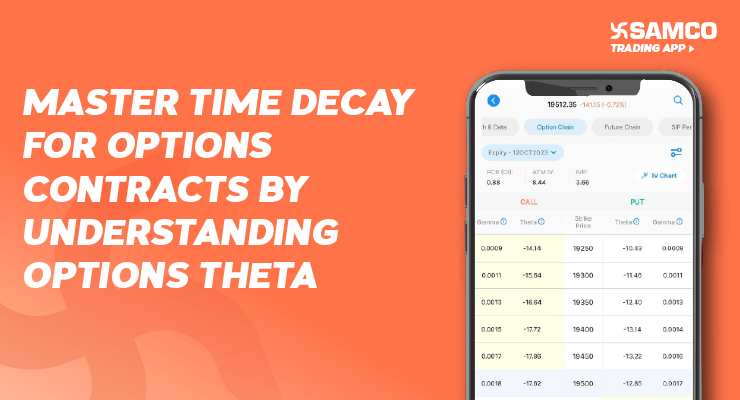
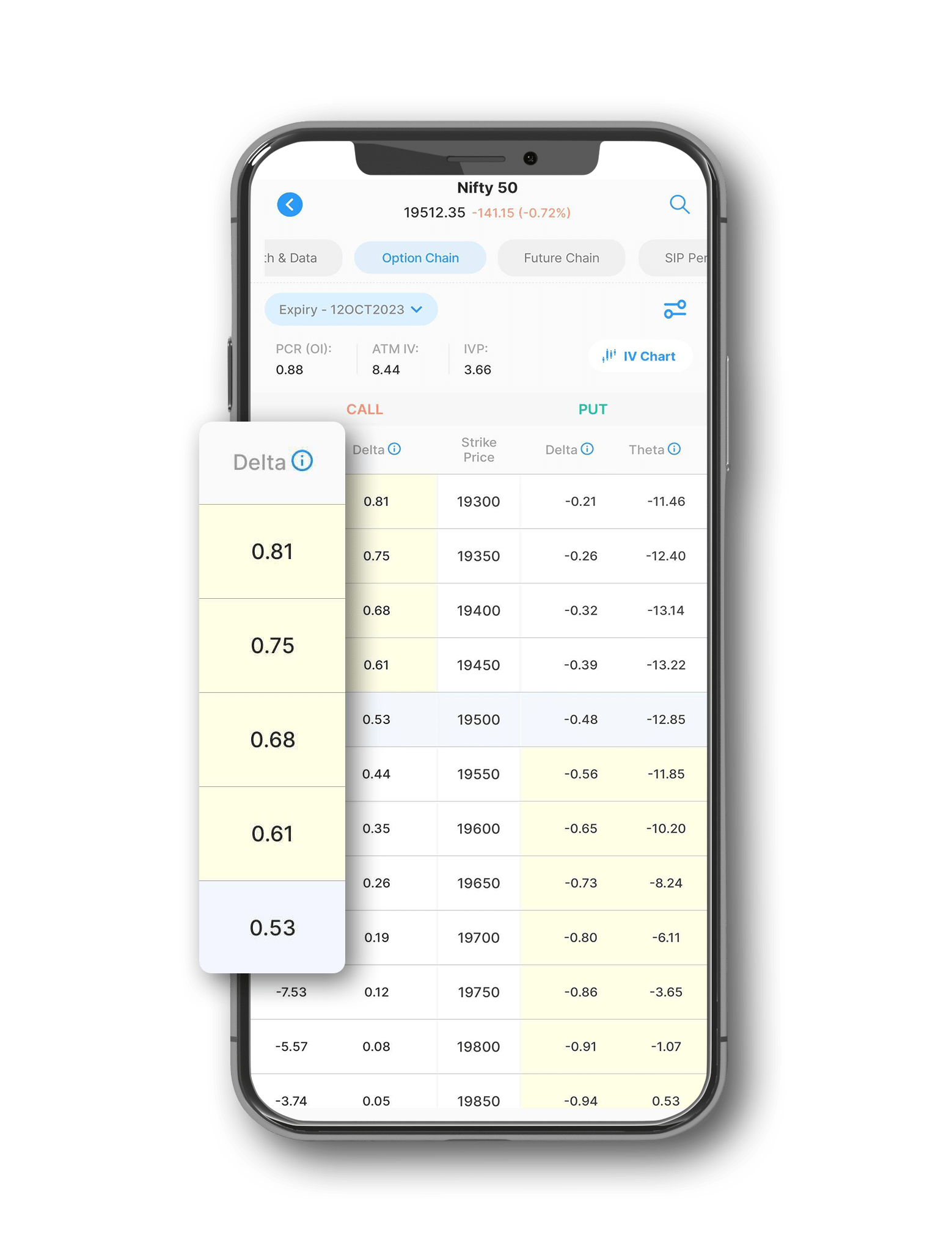
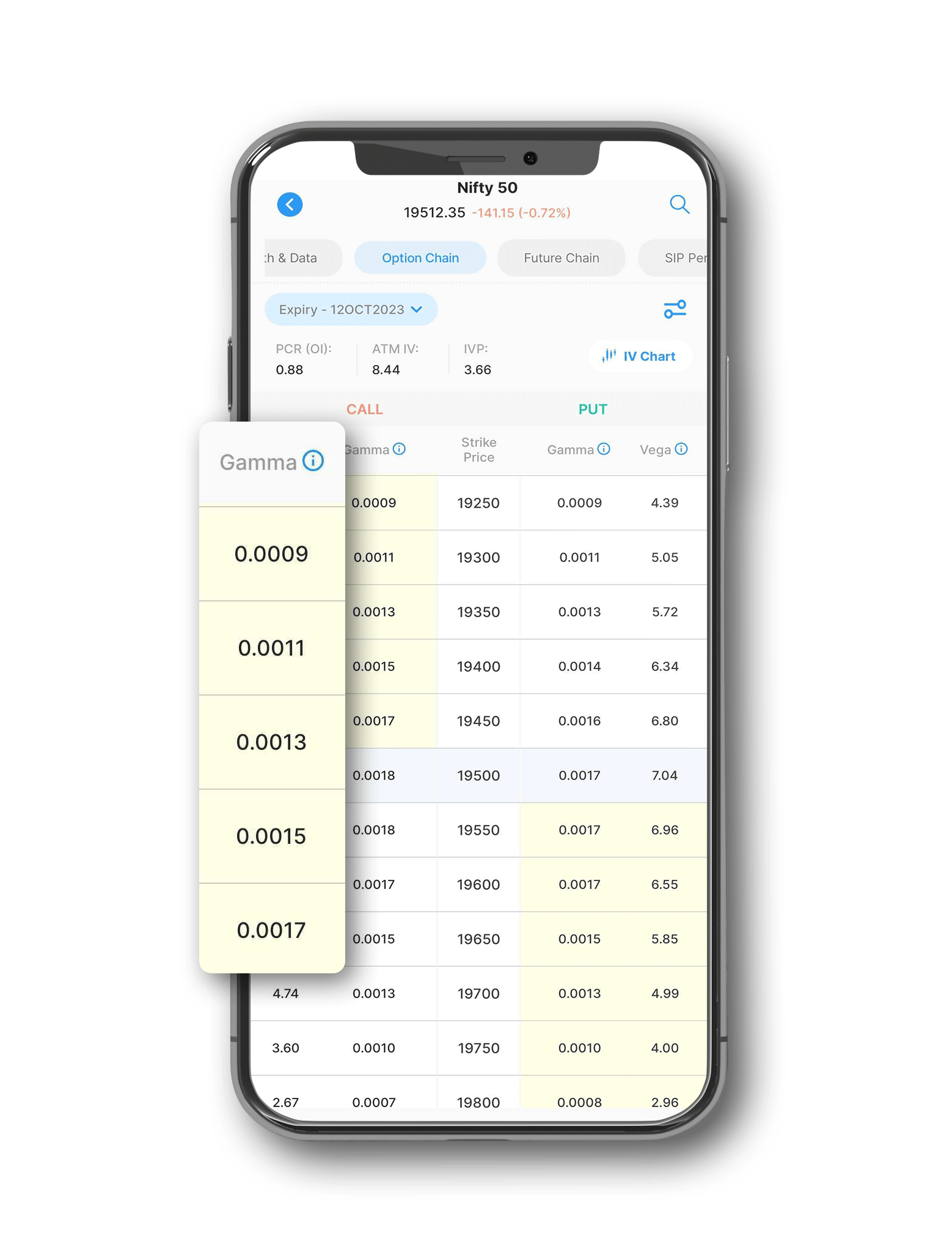
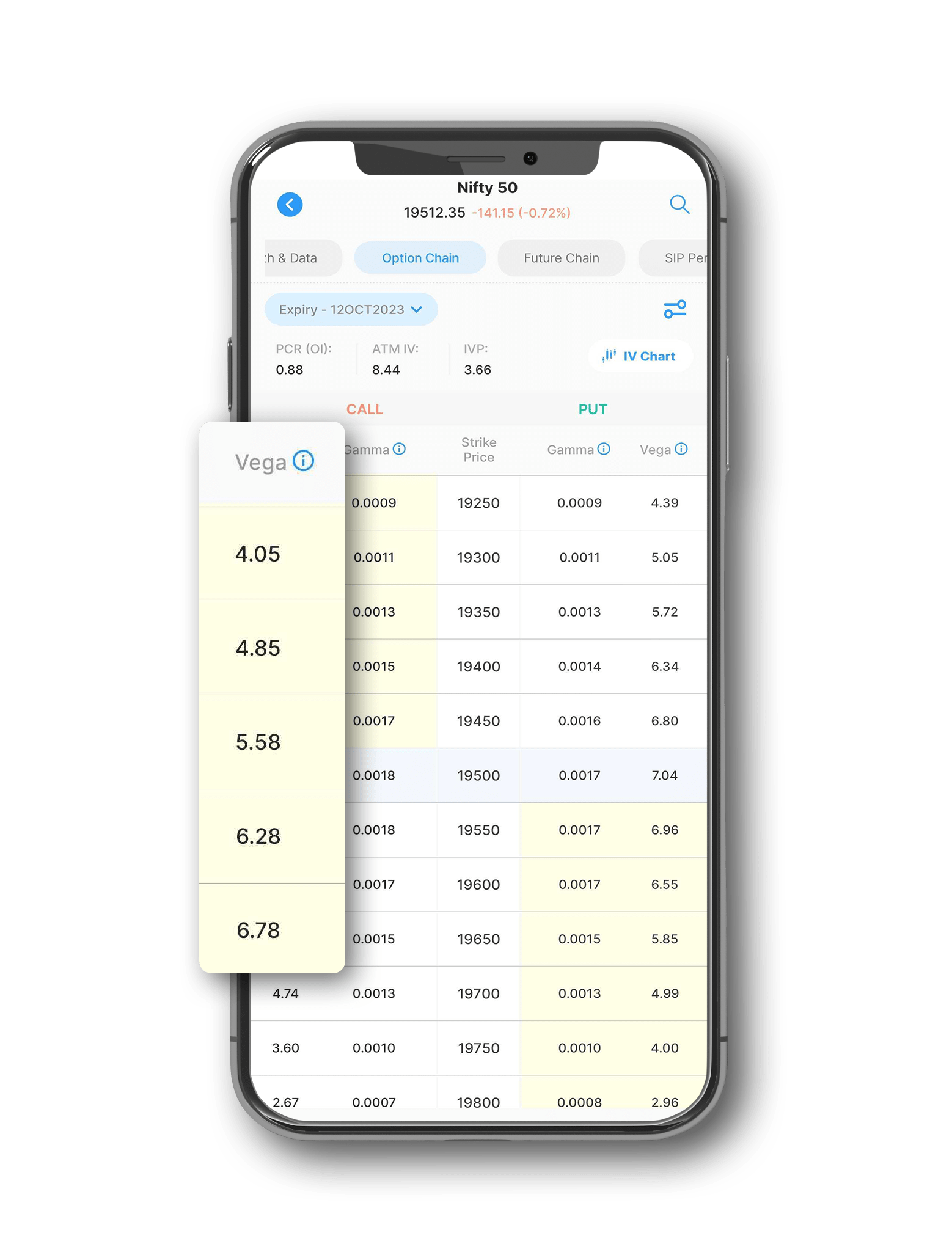
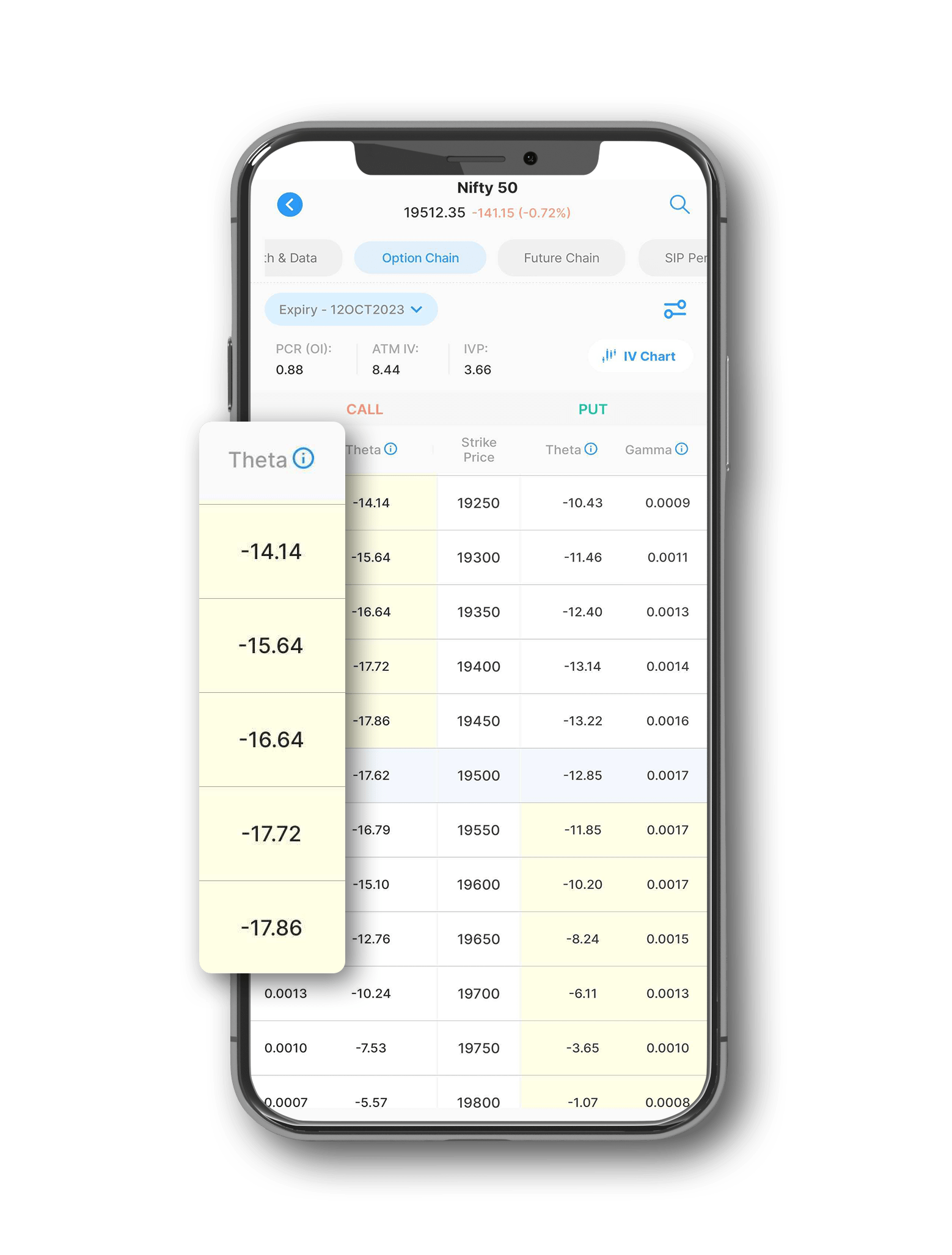


 Easy & quick
Easy & quick
Leave A Comment?